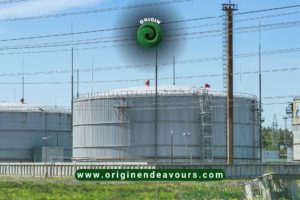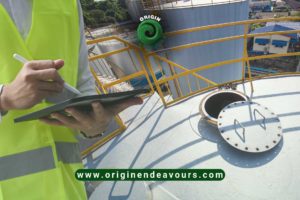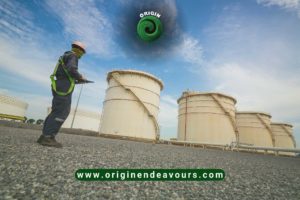
AI in Non-Destructive Testing: How Automation is Transforming Inspection Services
In the world of Non-Destructive Testing (NDT), technology is evolving rapidly. One of the most exciting developments is the integration of artificial intelligence (AI) and automation into inspection processes. The advancement of AI in NDT is improving the accuracy and efficiency of inspections, making it possible to detect defects and issues in storage tanks, pipelines, and pressure vessels faster and with less human error. How AI is Revolutionising NDT Traditionally, NDT relied heavily on manual methods, but AI has brought a new era of precision. Machine learning algorithms can now analyse vast amounts of data, helping technicians detect even the smallest defects in critical infrastructure. Key Benefits of AI in NDT: Improved Accuracy: AI-powered tools can identify tiny cracks or inconsistencies that may go unnoticed by human inspectors. Faster Data Analysis: By automating data collection and analysis, inspection times are reduced, leading to quicker decision-making. Reduced Human Error: Human fatigue and oversight are significantly decreased when using AI to assist with complex inspections. Emerging AI-Driven Technologies AI’s role in NDT continues to expand with the development of new tools and techniques. Some key technologies include: Image Recognition: AI systems use advanced image processing to detect surface-level defects and structural anomalies in materials. Machine Learning Algorithms: These systems analyse historical data from previous inspections, improving the ability to predict potential issues before they arise. Automated Drones: Drones equipped with AI-driven sensors can autonomously scan large areas, making inspections of tanks and pipelines more efficient and safer. Impact of AI on Safety









